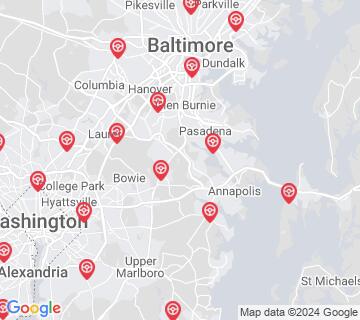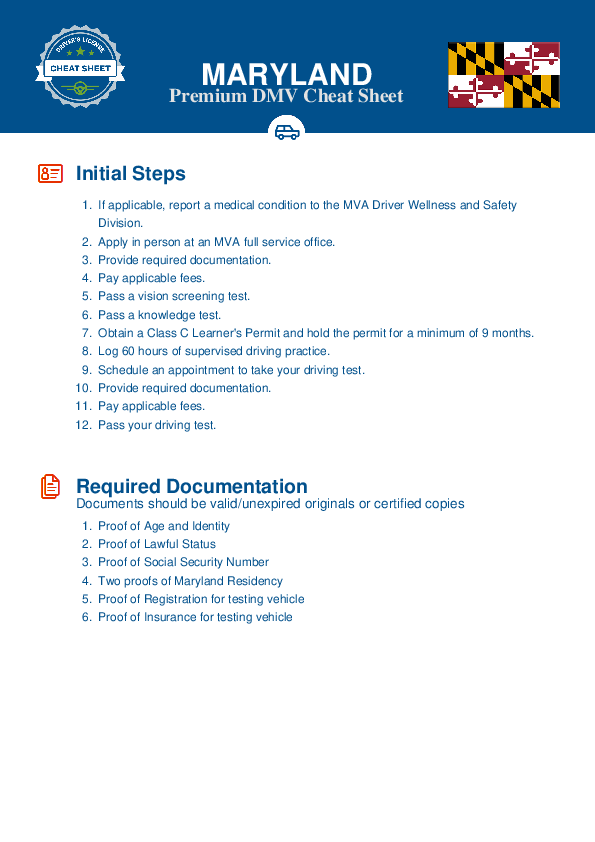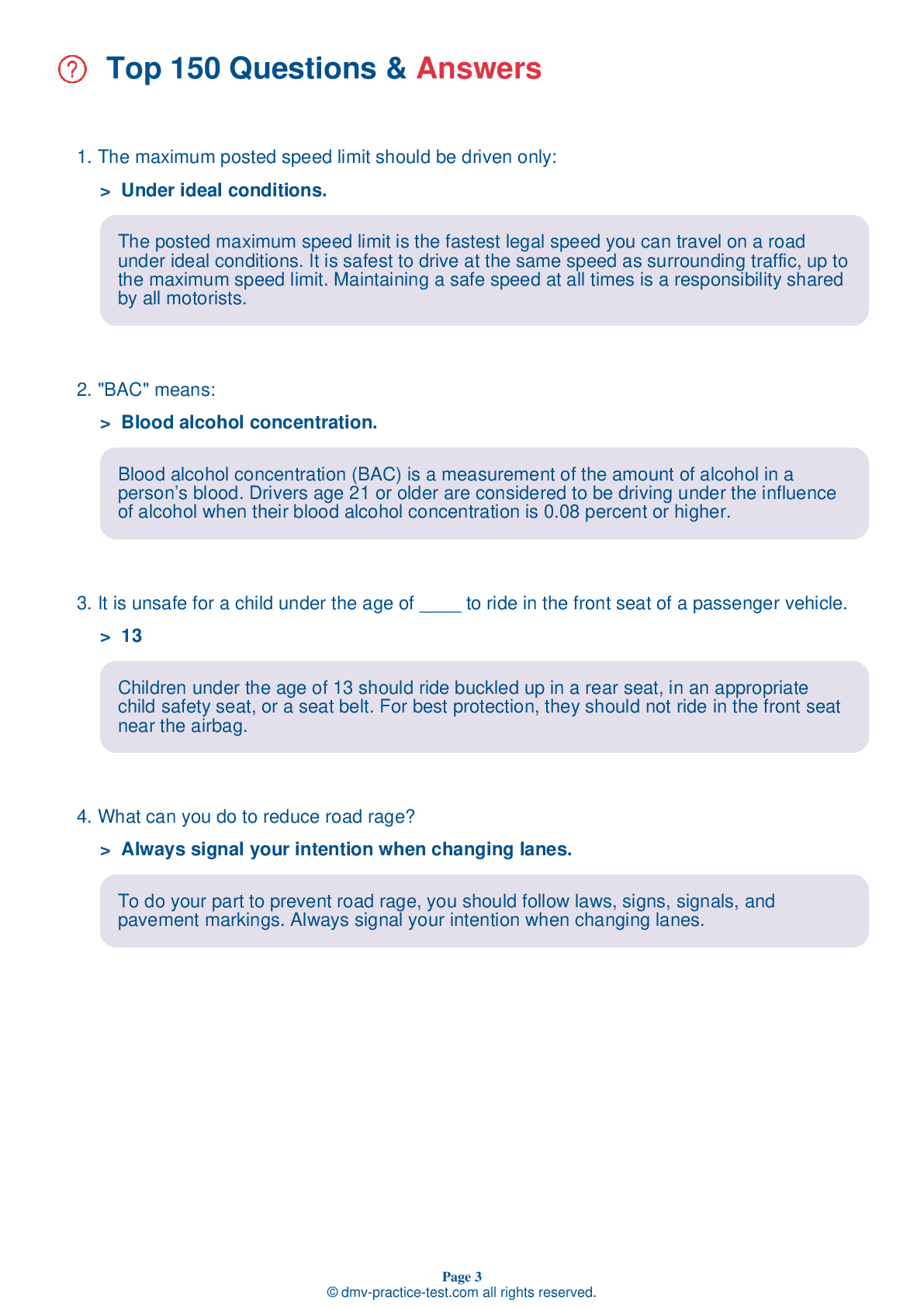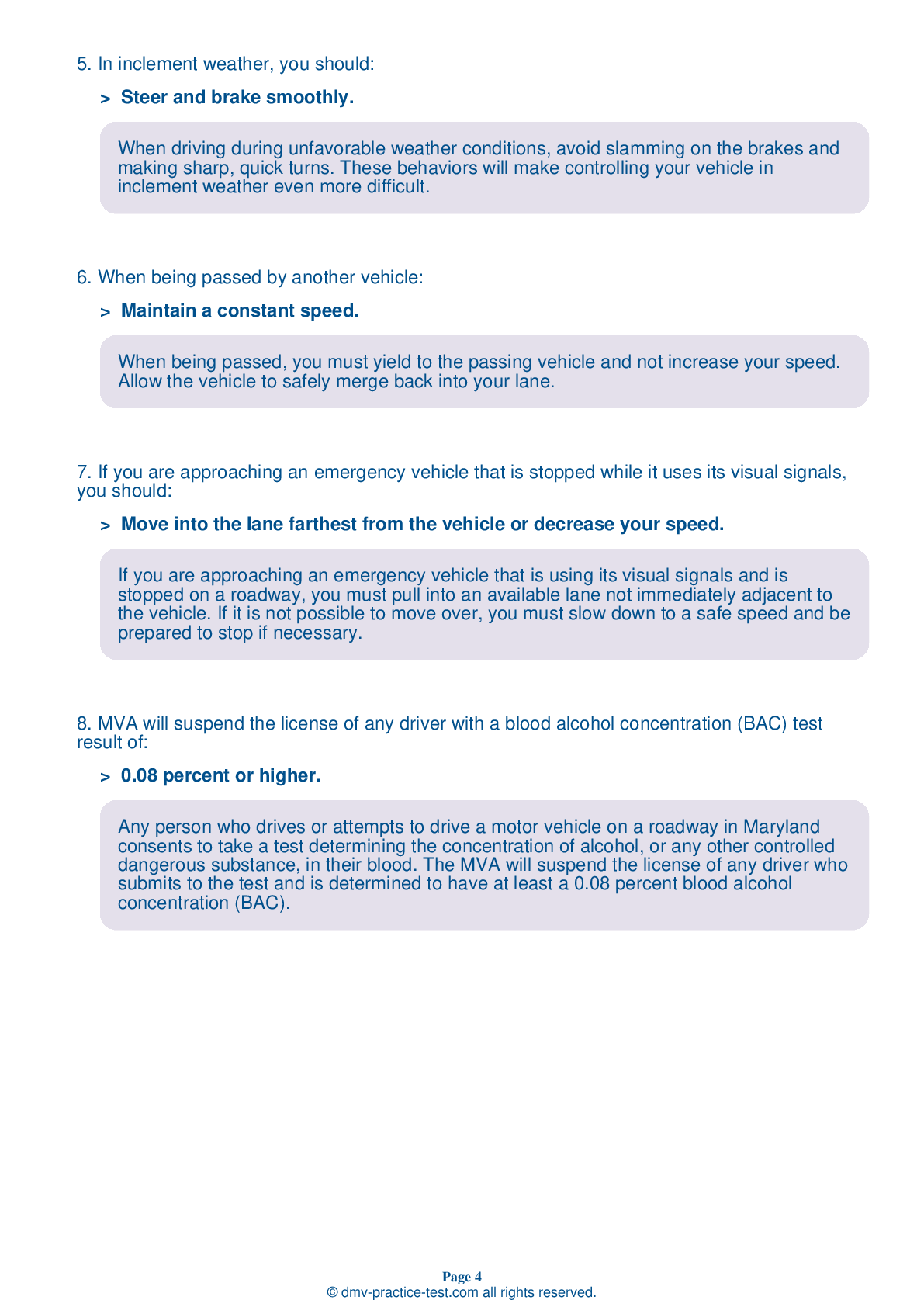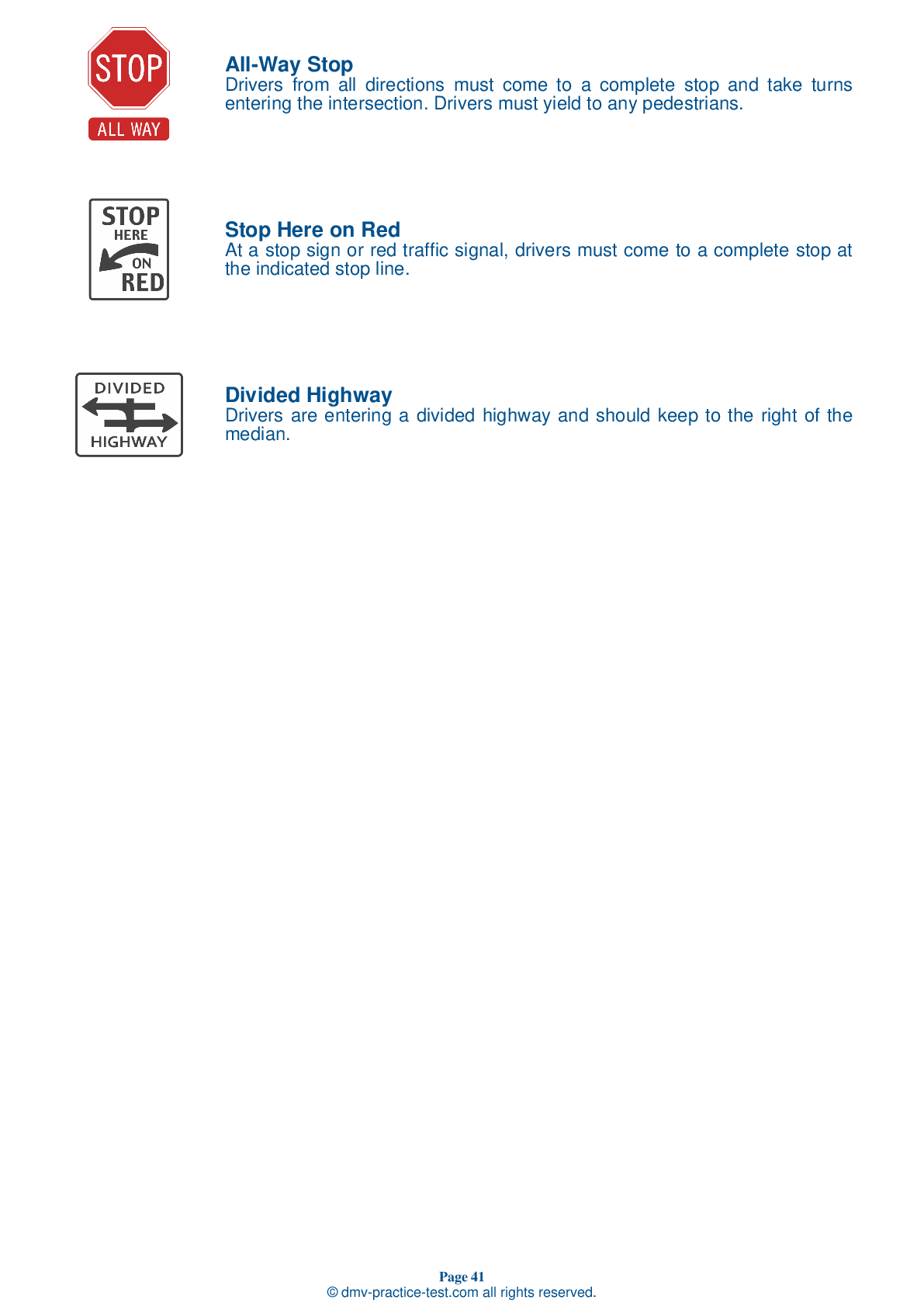FREE Maryland DMV Practice Test #7 Page 3 of 3
Maryland DMV practise examinations have been updated for January 2025. It includes questions based on the Maryland Driver Handbook's most essential traffic signals and regulations for 2025. Use actual questions that are very similar (often identical!) to the DMV driving permit test and driver's licence exam to study for the DMV driving permit test and driver's licence exam.
On the practise exam, each question gets a tip and explanation to help you remember the concepts. The written component of the official Maryland DMV test will include questions about traffic rules, traffic signs, and driving statutes, as well as knowledge from the Driver Handbook.
To obtain a passing grade, you must correctly answer 22 of the 25 questions. Take our DMV practise exam to help you prepare for your Maryland instruction permit or driver's licence.
The DMV exam is available in several languages.
Using any kind of testing assistance will result in an automatic fail, and the DMV may take additional action against your driver's licence, so stay away from it.
17 . If your vehicle begins to skid, you should:
If your vehicle begins to skid, release the accelerator or brake pedal to regain vehicle balance. Steer in the direction of the skid to regain control of the vehicle.
18 . When passing another vehicle:
When passing another vehicle that is traveling in the same direction as you, pass quickly to resume visibility. Return to your previous lane only when you can see both of the vehicle's headlights in your rearview mirror.
19 . Alcohol in any concentration is:
Alcohol, in any concentration, is a depressant. It slows all nerve impulses and bodily functions, resulting in a lessening of inhibitions and negatively affecting a consumer's ability to concentrate and stay alert.
20 . To drive defensively, you should:
Driving a motor vehicle presents dangerous risks. To minimize the risks, you should constantly use risk management techniques, such as communicating with other drivers by using your turn signals, responding to road conditions in real time, and otherwise generally driving with caution.
21 . This sign means:
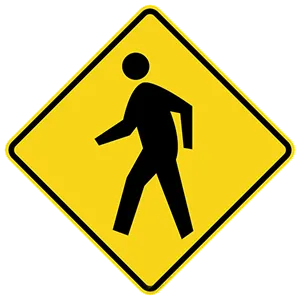
Warning signs are usually yellow with black markings. This sign alerts drivers to where pedestrians may be crossing. If a pedestrian is crossing in a crosswalk marked with this sign, drivers must stop and remain stopped until the pedestrian is no longer in the crosswalk.
22 . This road sign means:
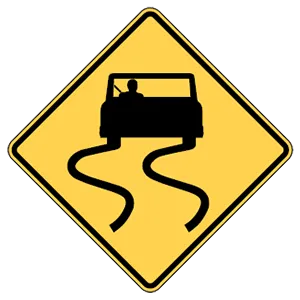
Warning signs provide notice to road users of a situation that might not be readily apparent and are usually yellow with black markings. This sign warns drivers to be careful when driving under wet conditions as the pavement will become slippery and more difficult to navigate safely.
23 . This sign means:
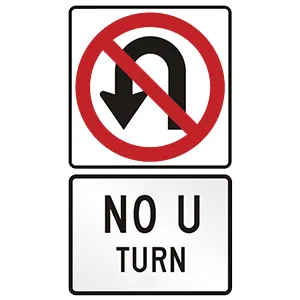
This sign indicates that you may not make a U-turn. You cannot turn around to go in the opposite direction at an intersection where this sign is posted.
24 . You may be able to identify an aggressive driver by:
While driving, you should remain aware of the actions of surrounding drivers. If you notice an aggressive driver nearby making erratic or improper lane changes, you should not challenge them. The safest way to handle an aggressive driver is to get out of their way.
25 . Turn off your high beams when driving behind a vehicle at a distance closer than:
When driving in the dark, high beam headlights should be used any time there are no other nearby vehicles, weather permitting. Switch to your low beam headlights when following another vehicle at a distance closer than 300 feet.
Search the best driving school in your neighbourhood
2025 Maryland | Frequently Asked Questions
1. Be at least 15 years and 9 months old.
2. Pass the vision exam.
3. Complete the Maryland MVA Online Driver Test Tutorial.
4. Pass the knowledge test.
5. Provide proof of identity, age, and Maryland residency.
6. Have a parent or guardian co-sign your application.
7. Pay the required fee.
Remember, you must hold your learner's permit for nine months before you can take the driving test.
